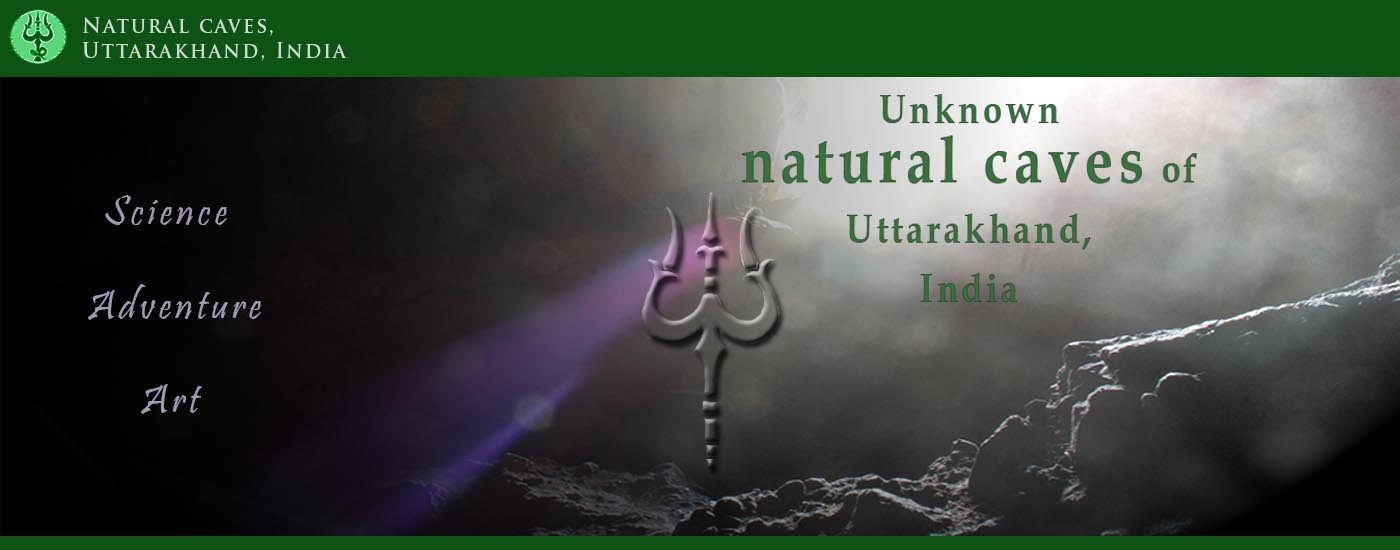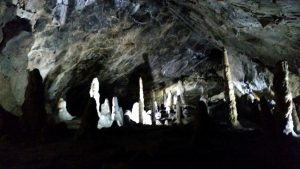Stalagmite and the climate change.
How stalagmites are helping us understand past climate changes.
Understanding how the climate has changed in the past is essential for those constructing models to predict climate change in the future. But understanding past climates is easier said than done.
There are only a handful of ways to study the climate of past ages, and fewer that allow accurate tracking of changes.
Tree rings are one such source.
But there is a new kid in town – the stalagmite. Scientists are calling stalagmites the next generation of climate records. A stalagmite is a cave formation – a secondary mineral deposit which slowly rises from the floor of a limestone cave. It is created because water seeping through cracks in a cave’s surrounding bedrock dissolves certain compounds; usually calcium carbonate or calcium sulfate. Given the right acidity, the minerals start to precipitate from the water as it drips to the floor. The precipitate solidifies, giving rise to a stalagmite. Such cave formations grow very slowly, so a sizable stalagmite can have taken tens of thousands of years to develop. Each fragment of a stalagmite can be precisely dated and can give information about the water composition from which that fragment was formed.
400 years history of Central Himalaya using stalagmites
Panigarh cave stalagmite evidence of climate change in the Indian
Central Himalaya since AD 1256: Monsoon breaks and winter
southern jet depressions.


